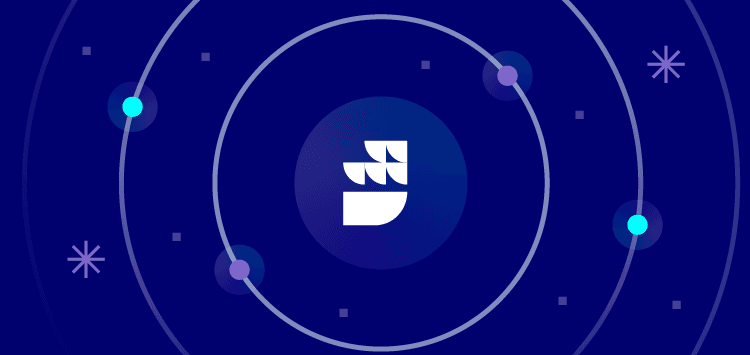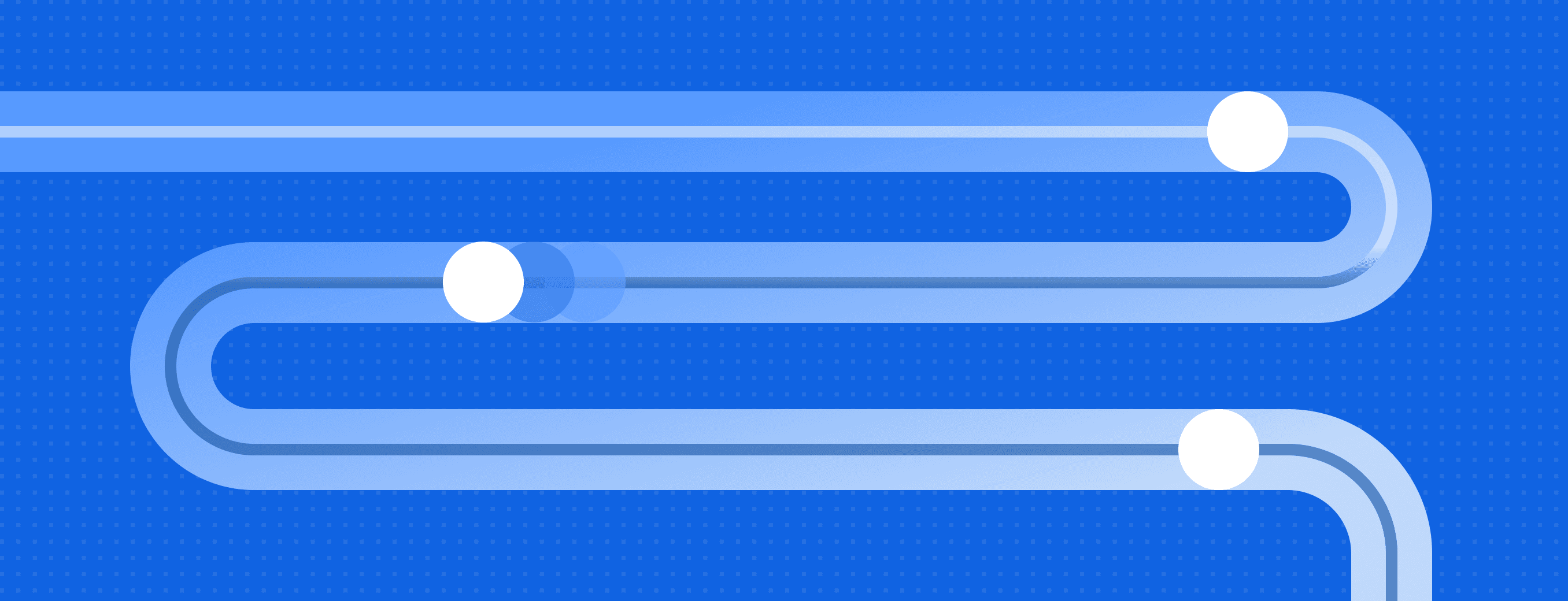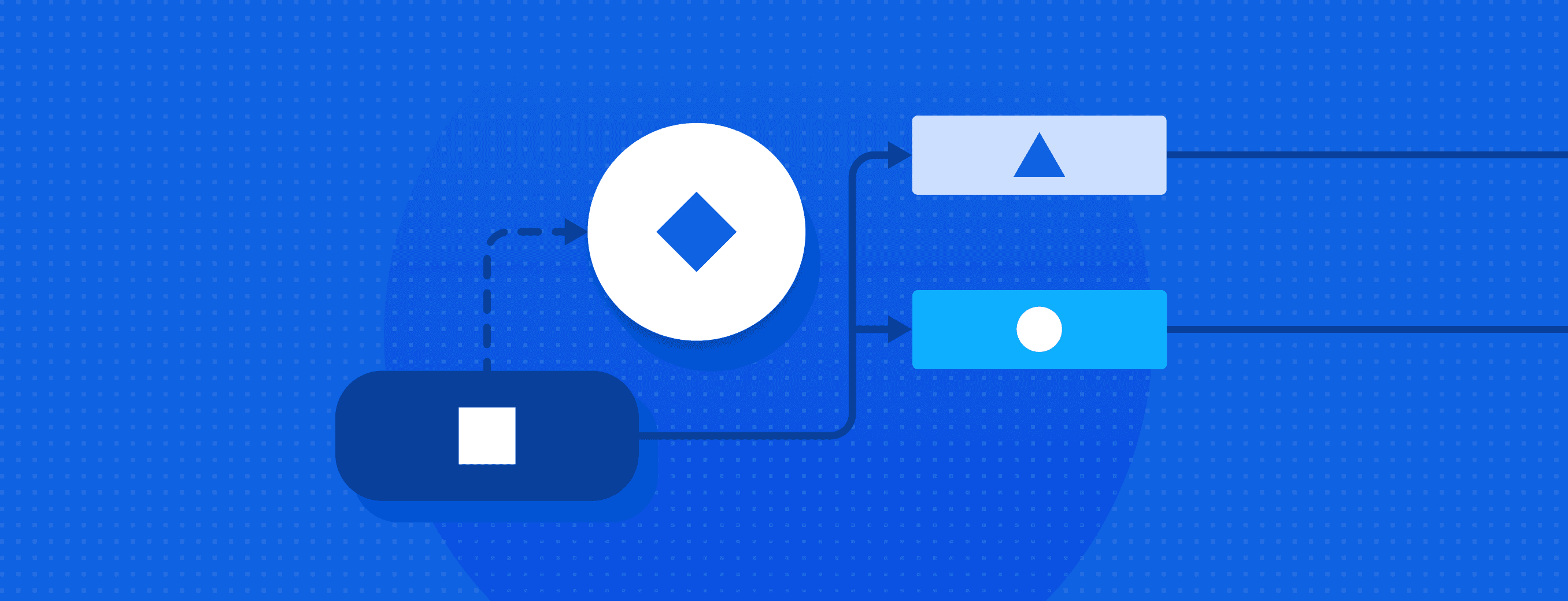Announcing RudderStack Reverse ETL

We’re excited to announce that we’re rebranding our Warehouse Actions product line to RudderStack Reverse ETL. We’ve chosen to do this as we’ve launched a host of new features to make your data engineering workflows easier that I will dive into below.
Processing and scheduling flexibility
We want to give you the flexibility in scheduling and processing that allows your organization to build your perfect operational pipeline. To achieve this, RudderStack’s Reverse ETL now supports three modes:
- Incremental
- Mirror
- Full Sync
Whether you are optimizing for efficiency, rebuilding audiences, or performing a SaaS migration, we have you covered.
We’ve also had customers tell us they benefit from a variety of scheduling modes to make sure their customer data is fresh when it’s sent to the operational systems their business teams use. We started with basic scheduling that let you sync as quickly as every 30 minutes. Today, you can also coordinate with your ETL pipelines through an Airflow operator or direct access to our scheduling API. Plus, we have a fully featured cron, so you can customize your pipelines based on your particular use cases.
Visual Data Mapper
One of the biggest usability challenges in Reverse ETL is having the confidence that data from your cloud data warehouse will correctly map to your operational systems. Now, instead of guessing if first_name will automatically map to First Name when you hit your destination, our visual data mapper gives you a guarantee.
The visual data mapper pulls in the relevant metadata from both source systems and destination systems, so you don’t have to navigate between multiple windows when setting up your Reverse ETL. Visual data mapper is currently available for 8 destinations, and we are looking to expand quickly based on demand.
Custom SQL Models
Finally, we are releasing Custom SQL Models. This feature gives you the ability to execute a Reverse ETL based on a SQL query, meaning you’re no longer limited to existing tables or views in the warehouse. You can add a quick filter, simple business logic, or a quick field transformation or concatenation to make sure the data fits in your downstream system the way you want it to.
Previously, you could achieve this type of flexibility with views, materialized views, or ETL jobs. With custom SQL, you can iterate even faster. What can you do with custom SQL?
- Build audiences. You can quickly build dozens of audiences with minor adjustments and customizations. If you want quickly accessible lists of last 1 day users, last 3 day users, last 7, 30, etc. you have them at your fingertips.
- Test with speed and confidence. If you have your table prepared but want to test the integration one more time, custom SQL enables you to quickly iterate. You can limit 100, filter on the rows you think might be problematic, or even filter away problematic rows to make sure your data is where it needs to be.
- Democratize your Reverse ETL. The data warehouse is the home of a complex ecosystem, and not everyone has permission to touch the factory floor for good reason. The custom SQL layer gives your users a low-stakes way to experiment with variations of audiences and datasets that doesn’t affect core data pipelines and minimizes the support load of central data teams.
Integrations
Reverse ETL is a strong complement to our event stream product. RudderStack’s data platform gives you the ability to hybridize real-time and batch data pipelines to get the best of both worlds. While real-time data gives you the visibility to run your business and communicate with your customers when they are engaged, batch processing is essential for more complex or windowed processing such as personalization, attribution, and cohorting. Combining the two unlocks new value. For example:
- You can maximize the value of your product analytics tools to see both real-time product usage as well as maintain the same cohorts you have built in your warehouse.
- You can maximize the value of your marketing teams’ messaging systems to both trigger transactional messages and execute targeted, personalized campaigns.
All 150+ of our streaming destinations are supported in Reverse ETL, so you can sync data to your entire stack. In most setups, you can even take advantage of the Transformations and Data Governance capabilities enjoyed by our streaming ecosystem.
How Reverse ETL enhanced Joybird's data stack
RudderStack customers like Joybird, a La-Z-Boy company, use our Reverse ETL product to save engineering time so they can focus on value-added activities. With RudderStack, Joybird’s data engineering team reduced the time spent on building new integrations and managing data pipelines by 93%. Register for our upcoming webinar with Joybird Director of analytics, Brett Trani, to learn about their experience implementing and using RudderStack Reverse ETL.
Published:
March 17, 2022

Understanding event data: The foundation of your customer journey
Understanding your customers isn't just about knowing who they are—it's about understanding what they do. This is where clean, accurate event data becomes a foundational part of your business strategy.

Event streaming: What it is, how it works, and why you should use it
Event streaming allows businesses to efficiently collect and process large amounts of data in real time. It is a technique that captures and processes data as it is generated, enabling businesses to analyze data in real time

How Zoopla transformed real estate experiences with data-driven personalization
Learn how Zoopla, a leader in the UK real estate space, transformed real estate experiences with data-driven personalization and RudderStack's customer data infrastructure.






